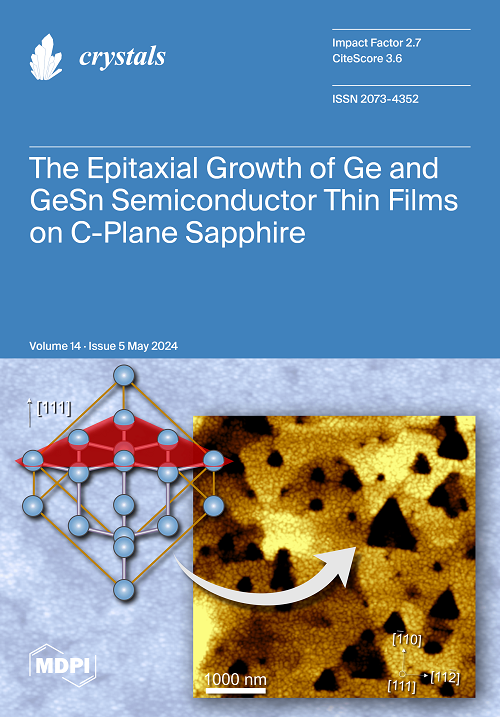Experimental Validation for Mechanically Tunable Defect Bands of a Reconfigurable Phononic Crystal with Permanent Magnets
IF 2.4
4区 材料科学
Q2 CRYSTALLOGRAPHY
引用次数: 0
Abstract
Phononic crystals (PnCs) have garnered significant attention due to their unique ability to control elastic waves in unconventional ways. One area of research focuses on utilizing defects within PnCs. Defects create new pass bands within band gaps, leading to concentrated wave energy within the defects. However, defect-mode-enabled wave localization is effective only at specific frequencies, limiting its usefulness when the frequencies of incident waves vary. Existing methods to mechanically tune defect bands involve changing the geometries of unit cells or defects or attaching elastic foundations, which necessitates the detachment and reattachment of certain structures depending on the engineering situation. Considering these challenges, this study introduces a novel approach that utilizes the reconfigurable PnC design, incorporating permanent magnets and ferromagnetic materials. The case study involves a one-dimensional PnC consisting of a long metal beam with rectangular block-shaped permanent magnets periodically arranged and attached to the beam by magnetic forces. A defect is created by shifting a subset of these block-shaped permanent magnets in parallel. The extent of this parallel movement alters the vibrating characteristics of the defect, facilitating the mechanical control of the defect bands in the defective PnC. The effectiveness of this approach is experimentally validated.带永久磁铁的可重构声波晶体机械可调缺陷带的实验验证
声波晶体(PnCs)因其以非常规方式控制弹性波的独特能力而备受关注。研究的一个重点领域是利用 PnC 内的缺陷。缺陷会在带隙内产生新的通带,从而导致波能集中在缺陷内。然而,缺陷模式支持的波定位仅在特定频率下有效,当入射波的频率不同时,其作用就会受到限制。现有的机械调整缺陷带的方法涉及改变单元格或缺陷的几何形状,或附加弹性地基,这就需要根据工程情况拆卸和重新附加某些结构。考虑到这些挑战,本研究介绍了一种利用可重构 PnC 设计、结合永磁体和铁磁材料的新方法。案例研究涉及一个一维 PnC,它由一根长金属横梁组成,横梁上周期性地排列着矩形块状永磁体,并通过磁力吸附在横梁上。通过平行移动这些块状永磁体的一个子集,可以产生一个缺陷。这种平行移动的程度改变了缺陷的振动特性,有利于对缺陷 PnC 中的缺陷带进行机械控制。实验验证了这种方法的有效性。
本文章由计算机程序翻译,如有差异,请以英文原文为准。
求助全文
约1分钟内获得全文
求助全文
来源期刊

Crystals
CRYSTALLOGRAPHYMATERIALS SCIENCE, MULTIDIS-MATERIALS SCIENCE, MULTIDISCIPLINARY
CiteScore
4.20
自引率
11.10%
发文量
1527
审稿时长
16.12 days
期刊介绍:
Crystals (ISSN 2073-4352) is an open access journal that covers all aspects of crystalline material research. Crystals can act as a reference, and as a publication resource, to the community. It publishes reviews, regular research articles, and short communications. Our aim is to encourage scientists to publish their experimental and theoretical results in as much detail as possible. Therefore, there is no restriction on article length. Full experimental details must be provided to enable the results to be reproduced. Crystals provides a forum for the advancement of our understanding of the nucleation, growth, processing, and characterization of crystalline materials. Their mechanical, chemical, electronic, magnetic, and optical properties, and their diverse applications, are all considered to be of importance.
 求助内容:
求助内容: 应助结果提醒方式:
应助结果提醒方式:


